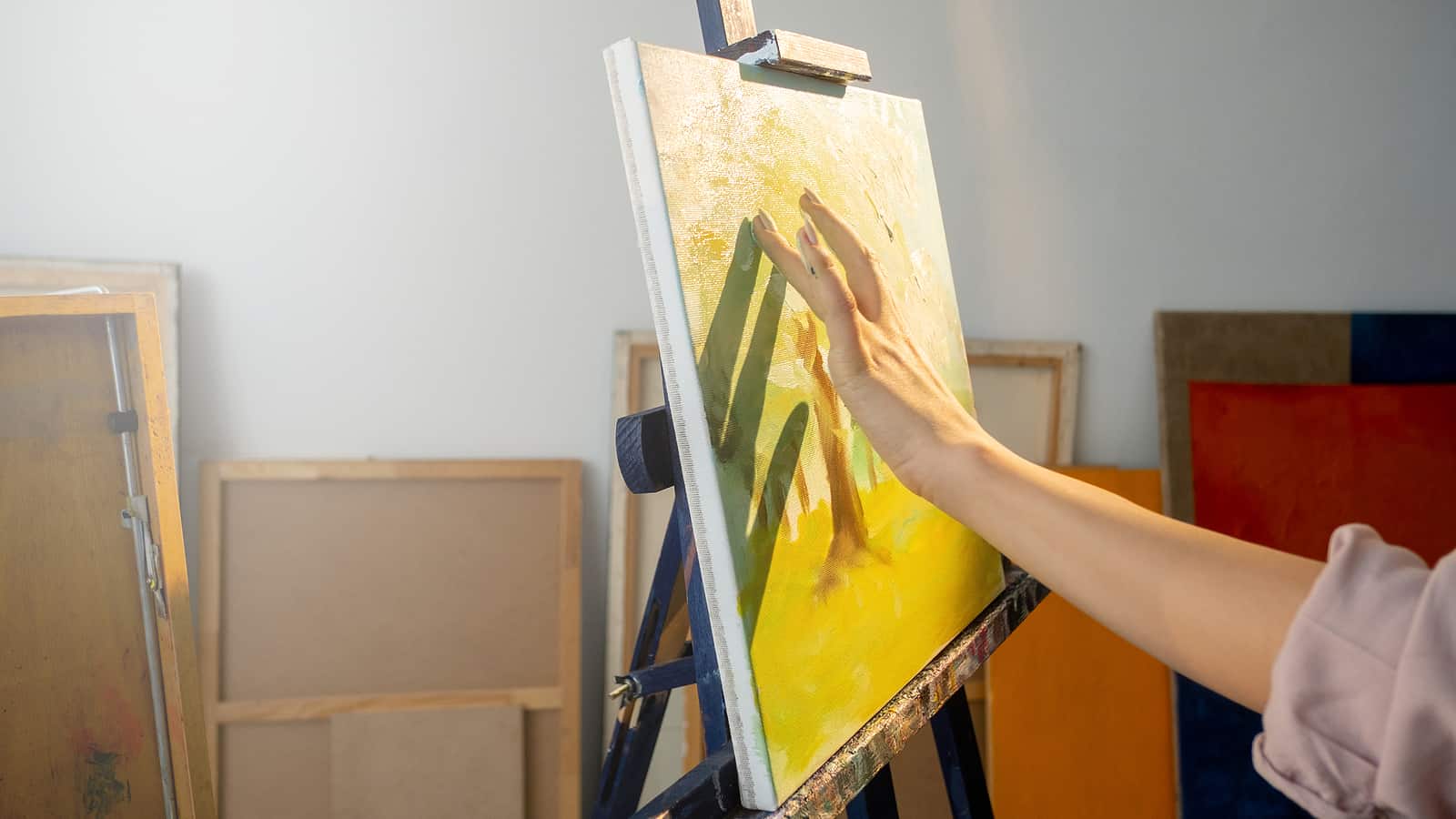
Moving a large and valuable art collection can be extremely stressful. You will need a lot of preparation and proper packaging to relocate your precious possessions without breaking anything. Luckily, there are some simple things that you can do to protect your artworks while they are in transit. You can find them all below.
An easy guide to packing and moving your art collection
-
Consider the type of art
Different types of art require different packing methods. For instance, you have to pack fine paintings and antique religious icons in a different way than you would pack sculptures and figurines. Learn more about the particular type of art you are moving and choose only proper packing materials and supplies, especially for items with highly delicate surfaces.
-
Choose proper packing supplies
As mentioned above, one of the most important steps of art moving is to choose the right art packing supplies. For example, if your artworks are framed with glass, you need to provide them with adequate protection to ensure that they won’t get damaged in transit. Some of the essentials that you will likely need include:
- durable moving boxes;
- bubble wrap;
- protective foam;
- glassine paper;
- packing tape and artist tape for glass protection.
Depending on the shape and age of your artworks, you may also require wooden art crates. Such crates, especially if they are custom built to fit your pieces, are the best way to protect fragile art during relocation. If you pack your art collection properly, you can rest assured that it will be delivered undamaged.
-
Pick the right box
You need to be extra careful if you are going to move your art in used boxes. Although you can produce less waste and keep the moving expenses low this way, mold and dirt in the used boxes may stick to your precious artworks and damage or even ruin them. Besides, such boxes are less durable. It is highly recommended that you buy new boxes at the specialized art supplies stores. For each artwork, use the box with a solid bottom, which is a bit larger than the piece itself. You can also stack a few layers of hard cardboard to strengthen the bottom of the box.
-
Consider using a crate for larger pieces
A wooden crate is the best option not only for oddly shaped and antique artworks but also for larger ones. High-quality art crates will cost you some more money, but they will provide your art collection with the utmost protection, which is always the top priority.
-
Put smaller pieces in a single box
In order not to worry about leaving smaller pieces behind or losing them during the move, group them in one box. Carefully wrap each piece in bubble wrap and put them all in a durable box. Fill in the extra space with more bubble wrap or another cushioning material.
-
Take precautions
Always put appropriate marks on the boxes. For example, if your artworks are made of glass, add an “X” or the word ‘’FRAGILE’’ to the surface of a container with a permanent marker. This way, the movers will understand that the content requires extra handling and care. You may also use special shipping labels for this purpose.
-
Transport with care
Place your artworks and other fragile items on the moving truck with great care. In case you pack the moving truck yourself, wedge your possessions between heavy items to make sure nothing will move and shift in transit. However, never wedge your art pieces between something that can dent or pierce your art.
-
Hire the right art moving company
Moving a valuable collection of art on your own is fairly hard. Proper art transportation requires a lot of experience and a considerable amount of time. Therefore, you should consider hiring professional art movers to avoid the hassle and stress of the moving process, but be careful about who you choose. There are many experienced art moving companies, so do not let amateurs handle your priceless art. Always do a little research to hire the right movers for such a delicate job. Most of the companies advertise their experience in moving fine art on their website, so do not hesitate to visit several different sites, read some reviews, and see what rating each company has. Besides, you may give them a call and ask about what methods they use to protect especially valuable art pieces and request a free art moving quote online.
Moving is an extremely challenging and highly stressful process, especially if you are moving such valuable and fragile pieces as sculptures, fine china, jewelry, large paintings, statues, and antiques. Hopefully, this easy guide will help you pack and move your art belongings safely and securely. Good luck!




